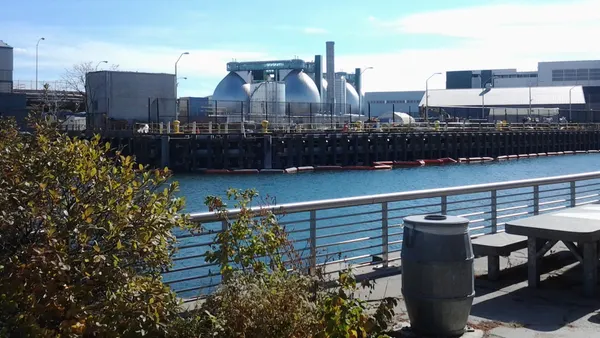Dive Brief:
-
AgShift, which has developed an app-based method of inspecting produce throughout the supply chain, has raised $2 million in a seed round of funding, according to AgFunder News.
-
The publication said fresh produce is inspected for criteria such as freshness, damage, size and color to ensure they meet industry and movement specifications. AgShift founder Miku Jha said the current inspection process is time-consuming and subjective. This leads to inconsistency of quality arriving at the final destination, which ultimately leads to food waste.
-
With the app, it can photograph a fruit like a strawberry to see how much red is in the photo to determine how much shelf life is left. It also can measure size and how much bruising the fruit has to determine its U.S. Agriculture Department grade, cutting in half the time it takes for each item to be inspected.
Dive Insight:
As the world's population grows and consumers become increasingly more concerned about cutting down on food waste at home, the grocery store, restaurants and other locations, technologies such as the AgShift app could have a bright future ahead. In the U.S. alone, about 40% of the food produced every year is thrown away, with an estimated value of about $200 billion.
Whether this app will be widely adopted by the food industry is uncertain, but this monetary infusion will give AgShift the means to hire more experts and conduct additional studies. Having convincing data will be crucial to signing up producers and others looking to improve their current inspection systems.
\Jha, wants to bring the current level of innovation and technology coming out of Silicon Valley into food and agricultural applications. If her app works and is widely adopted, it could save time and cut down on waste, all of which leads to lucrative savings down the line.
"We have just begun to see the capabilities that this technology can bring to the food industry. AgShift can make a huge impact on reducing 1.3 billion tons of annual food loss and waste — a complex, real-world challenge for everyone," Jha said in a statement.
The food industry has been working to cut waste for years, and while progress has likely been made it's hard to measure how much and whether it has a meaningful impact.
Walmart and Whole Foods started regional programs promoting "ugly produce," encouraging consumers to buy less-than-perfect fruits and vegetables, often at a reduced price. Kroger announced an ambitious plan to eliminate food waste by 2025, and Tesco, a leading U.K. grocery store, works with produce growers to harvest more efficiently.
It's possible that the ease and efficiency of the AgShift app could be enough to entice those along the supply chain to use it. If waste is reduced, it could increase the food supply available and lead to a lengthy list of benefits, including cheaper food prices for consumers at the grocery store.











